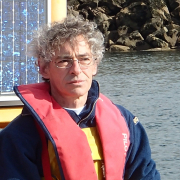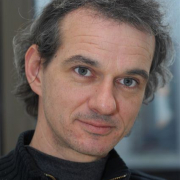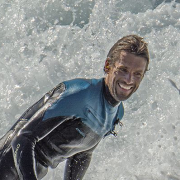Copyright : Laboratoire LEMAR- 2018
Anne Lorrain
National
IsBlue, région Bretagne, Labex Corail
Start Date
02/04/2025
End Date
02/04/2025
Seabirds transfer nutrients from the ocean to their nesting sites (Fig 1.), shaping local productivity and the physiology of adjacent reef-building corals in the case of remote tropical islets, such as those in the southwest Pacific 1-5.
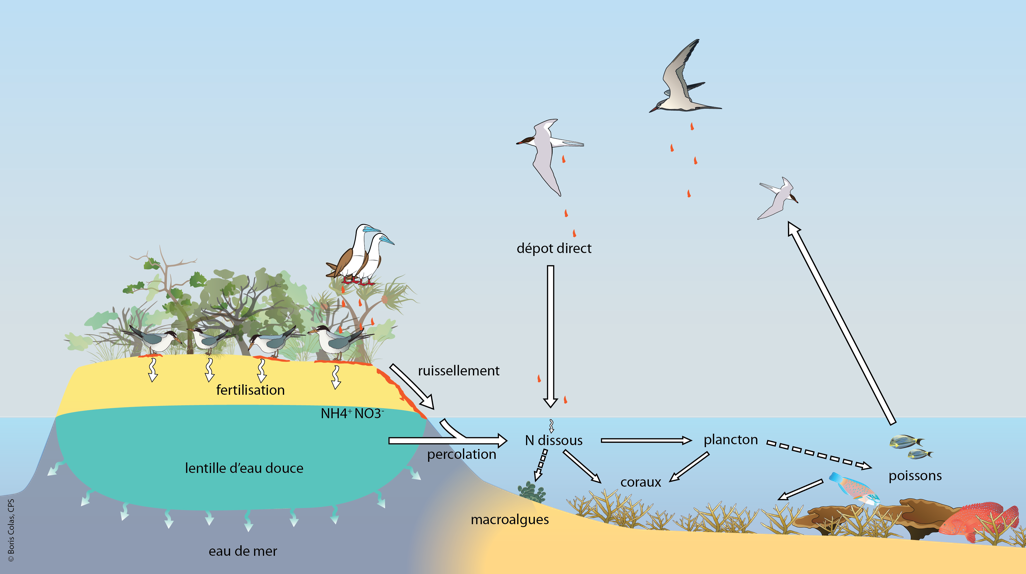
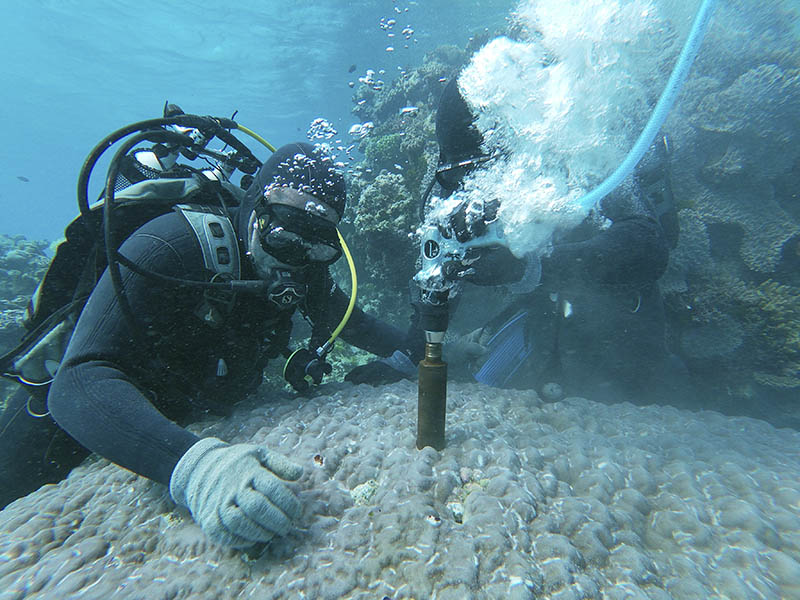

Figure 1. Schematic diagram illustrating the origin and fate of nitrogen in coral ecosystems. Modified from Lorrain et al. 2017.
The CACAO project investigates the role of guano excreted by seabirds on nitrogen cycling and more generally the chemistry of coastal waters near remote coral reefs, both in the present and in the past, using retrospective analyses in coral cores to reconstruct fluctuations in nitrogen inputs and seabird populations. The processes involved in the transfer of nitrogen to the reef are still unclear, as well as the link between seabird biomass and nitrogen available to corals. Here, we propose to trace the fate and dynamics of seabird-derived nitrogen (N) inputs over the last 50 years in several Pacific atolls with different histories in terms of bird populations related to the morphology of the islets but also to the presence or absence of rodents. Rodents such as rats have a strong impact on seabird populations, either by direct predation or by modification of their habitat; their presence thus leads to a decrease in their population and to guano inputs towards adjacent reefs. The study of the mechanisms of nutrient enrichment as well as the time scales of the return of these nutrients following eradication and how quickly adjacent ecosystems benefit is therefore central to defining effective conservation measures. To do this, we will measure the nitrogen isotopic composition (δ15N) of nitrate in seawater, groundwater beneath the islets, and organic matter bound to the skeleton of massive Porites coral (CS-δ15N) at several sites (islets/atolls) contrasted in terms of morphology, number of seabirds, and rodent history. Preliminary results indeed suggest that the brackish water lens located under the islets would act as a powerful bioreactor, and would be the key mechanism for nitrate enrichment of the reef. The first CS-δ15N records over only a few years also revealed that guano-derived nitrogen inputs to the reef flat were assimilated by coral throughout the year and its lifetime, demonstrating the potential of CS-δ15N records to reconstruct nitrogen supply by seabirds over historical timescales, providing a valuable tool for reef management and future conservation studies. Reférences:- Lorrain et al. Seabirds supply nitrogen to reef-building corals on remote Pacific islets. Sci. Rep. 7, 3721 (2017).
- Thibault, M. et al. Seabird-derived nutrients supply modulates the trophic strategies of mixotrophic corals. Front. Mar. Sci.8:790408. doi: 10.3389/fmars.2021.790408 (2022).
- Graham, N. A. J. et al. Seabirds enhance coral reef productivity and functioning in the absence of invasive rats. Nature 559, 250–253 (2018).
- Benkwitt, C. E., Wilson, S. K. & Graham, N. A. J. Seabird nutrient subsidies alter patterns of algal abundance and fish biomass on coral reefs following a bleaching event. Glob. Change Biol. 25, 2619–2632 (2019).
- Benkwitt, C. E., Gunn, R. L., Le Corre, M., Carr, P. & Graham, N. A. J. Rat eradication restores nutrient subsidies from seabirds across terrestrial and marine ecosystems. Curr. Biol. 31, 2704-2711.e4 (2021).

Laboratory Members
Contributors
UMR ENTROPIE
- F. Houlbrèque
- E. Vidal
- Nouméa
Max Planck Institute
- N. Duprey
- A Martinez Garcia



